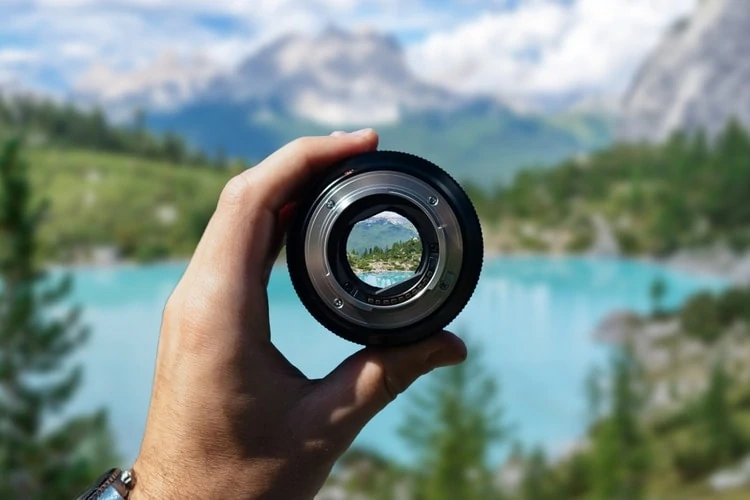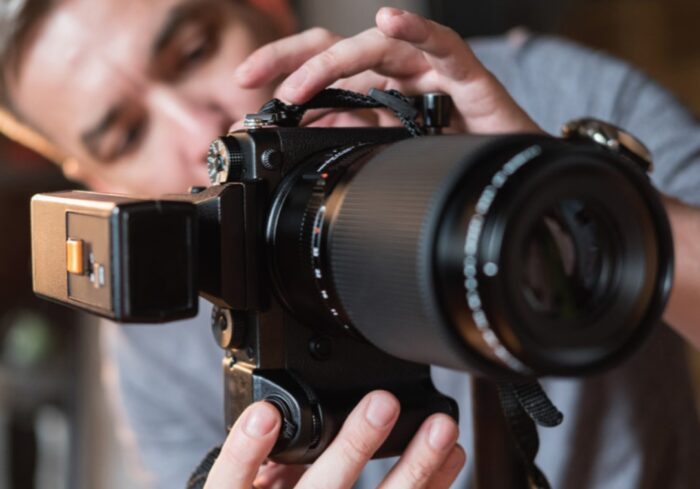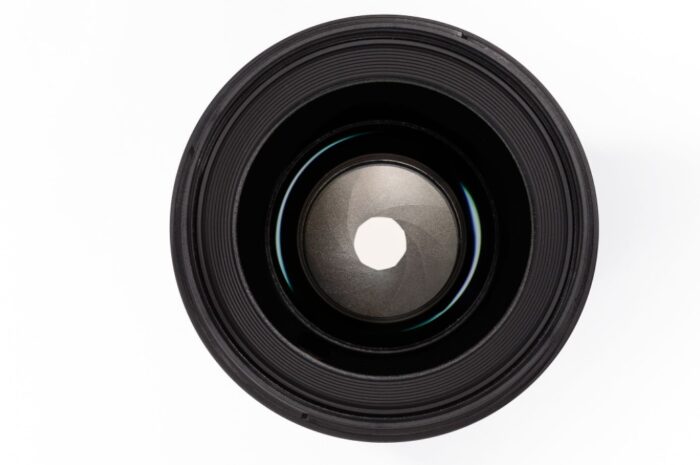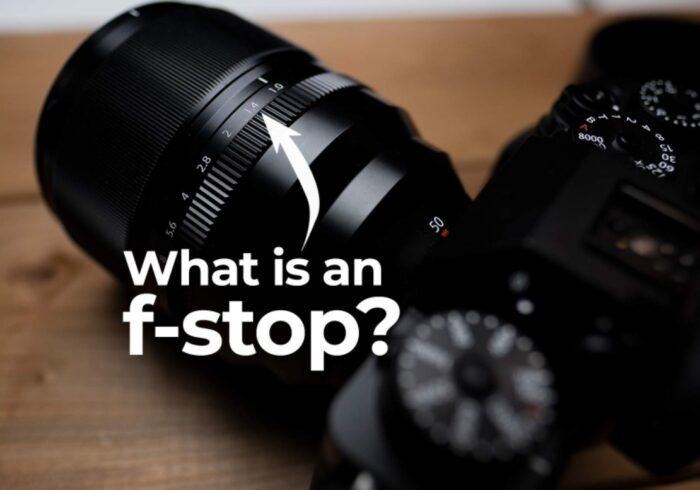
Understanding the role of aperture in photography is probably one of the primary and most vital things you will learn as a student. It is a significant setting that a photographer needs to get a hold of to capture lifelike and appealing photos.
Aperture is a setting that helps manage the rays penetrating through the lens, thus deciding the intensity of focus a photograph would have. It also indirectly influences the brightness of the clicks. The difference might be hard to notice for novice photographers, but it is there. You will also recognize these minute differences once you learn how to use this feature.
When this setting is broad (lower f-point), the center of attraction is only the subject. But as it increases, more of the background comes into focus. As you move forward as a student in this journey, you will notice the effect a variation in aperture has on the brightness of a photo. We can also say that it changes how a person views a photograph.
Is there any other reason this camera setting plays such an essential role in photography?
Gives the Camera a Peek into the World

While clicking a photograph, the camera shutter opens for a brief period to let the light inside. As it opens, the light comes in through the aperture, which is then captured by the digital sensor. From this explanation, you can figure out that the bigger the aperture, the more light it will allow to enter for any shutter period.
It implies that this feature in your camera offers you a peek into the real world. Letting you capture every emotion and element provides your photographs with depth. If you are a photography student, take advantage of this camera feature as much as possible to upgrade your portfolio and pick up more work.
Allows You to Perform With Different Styles
If you aspire to take professional photos to build your portfolio and obtain more projects, we suggest learning the importance of aperture and using this setting in different situations. If you know when to apply which adjustment, you will capture various kinds of photographs in multiple styles.
- Street Photography: In this style of photography, the foreground and the mid-ground of the capture are the focus. So, if you wish to get this kind of photo right, we suggest applying an aperture of about f/8.
- Landscape Pictures: If you are into landscape photography, apply an aperture more than the one used in street photography, i.e., f/8. It is recommended to use between f/8 and f/16. It is the ideal setting in landscape photos because you need a great depth of field as the sky, clouds, and even the ground needs to be sharp in the focus.
- Portrait Photography: Portrait photography is probably the most demanding style of click as it involves capturing not just faces but emotions. If you like shooting portraits, it is possible to improve their quality and make them more professional-looking by using a broad Aperture Science Art between f/2.8 and f/5.6.
One may argue this setting provides a superficial depth of field, but it is perfect for clicking a portrait because it will make people’s profiles look extraordinary against the scene. If instead of a larger aperture, employ a smaller one, it will not focus on the faces but on every element, and it is not something you would like to achieve in a portrait photograph.
Opens Sense of Field & New Possibilities

If you are trying your hands at photography for the first time, it will take you a while to get used to the feature. Several novice photographers have a hard time understanding it. However, understanding how to use it is no big deal once you practice it often, as you will soon get a hang of it.
If you aspire to work well with your camera, we advise you to photograph the same view while clicking through every aperture setting on your device. However, take note of the aperture adjustment applied to a particular picture to understand how it affects the results. It may be a little tough to remember the adjustments, but crucial for photography students.
For further learning, you may get a printout of the clicked pictures and place them one next to the other to understand how each setting affects the photos. The changes might be hard to notice at first, but as a photography student, you will be able to get around them.
When you become a professional in using the aperture setting on your camera, you can use it to your advantage. It will open depths of new fields and possibilities by letting you click the best photographs in any situation. Learning to use different aperture settings in a camera helps improve your skills and grow your confidence.
Once you get your head around this setting, you will quickly notice improvements in your photography skills. It will increase your confidence to begin experimenting with more creative uses.
What is Meant by the F-stop on a Camera?
This article mentions the word f-stop without clarifying what it is and how it is vital in photography. So, let’s discuss it.
F-stop denotes the aperture statures on your device. It is responsible for managing the supply of light penetrating through the camera lens and representing it in f-stops. It may be a little tough for beginner photography students to get their head around this term because a large aperture signifies a smaller f-stop number, while a small one implies a bigger f-stop number.

Final Thoughts
Reading this article will help you understand that the aperture is one of the three primary construction blocks of photography. By manipulating the quantity of light hitting a camera sensor, it determines the darkness and brightness of a photo. We hope you will take advantage of this feature by manually controlling it to express your creative vision more accurately.
It may seem a little daunting at first, but continuous practice will help you use it effectively.








